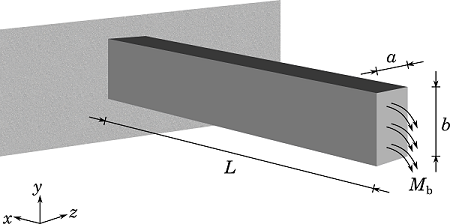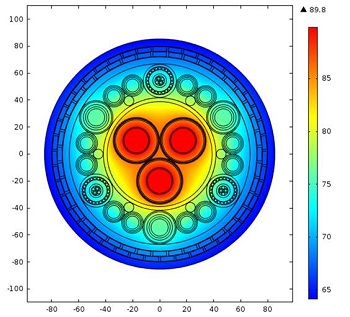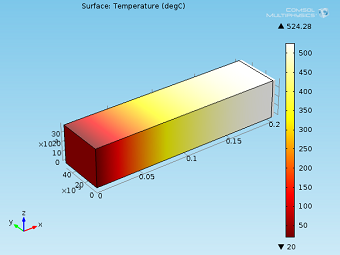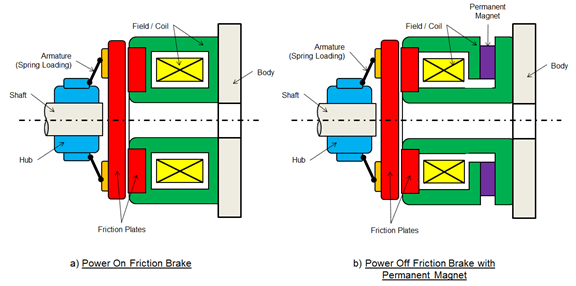Blog Posts Tagged Structural Mechanics Module

Air Pressure Sensor Performance Relies on a Solid Design
Ever wonder how your car can tell when there’s low pressure in a tire? Sensors are placed at the bottom of each tire hub and measure air pressure automatically while the car is in motion.

Improving Your Golf Swing with a Multibody Analysis
The outcome of a golf stroke is determined by the movement of the club head just prior to impact with the ball. Therefore, one theoretically could improve their golf swing via multibody analysis.

How to Model Residual Stresses Using COMSOL Multiphysics
Learn how to compute the residual stresses in your structural mechanics models. To demonstrate, we use the example of a deep metal drawing process. Read on…

Cable Simulations Spark New Developments at Prysmian Group
The Prysmian Group, a leader in cable systems for many different industries, are using simulation to improve their development process, save resources, and optimize their cable designs.

Heat Transfer in Deformed Solids
Learn how to model the physics that account for thermoelastic effects in immobile solids when coupling heat transfer and solid mechanics. Follow-up to an earlier post on conjugate heat transfer.

The Electromechanical Response of a Brake Design
A guest blogger from Continuum Blue demonstrates what the consultancy can do for clients in the electromechanical brake field by modeling the electromechanical response of a brake design.

Modeling Thermal Fatigue in Nonlinear Materials
2 challenges when simulating fatigue in nonlinear materials: 1.) Correctly representing the material behavior and 2.) finding a fatigue model that captures the life-controlling mechanism.

Natural Frequencies of Immersed Beams
A guest blogger from Veryst Engineering demonstrates the modeling of a cantilever beam immersed in a fluid to study its natural frequencies. Read it here >>
